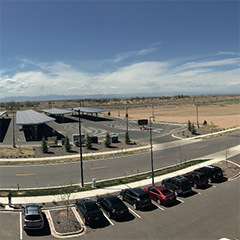PES hears from Stephen L. Prince, President & CEO at Younicos, about the adaptability and different complexities associated with the use of batteries by commercial and industrial energy users.
Despite being a relatively new technology, energy storage has already traveled a long and impressive path on the road to full-scale commercialization. It started with niche applications and the provision of very specific ancillary services to stabilize the grid. Now, however, batteries are being adopted much more broadly – making full use of their versatility, which is a defining factor of energy storage systems. In fact, it’s this versatility that makes them ideally suited for commercial and industrial (C&I) energy users – with or without co-located, renewable self-generation.
That sounds good – from 30,000 feet in the air. But how exactly can C&I energy users address their energy needs through batteries? While individual use cases differ by geography and the specific energy needs of each user, all fall within what I like to call the “golden triangle” of C&I energy storage: price reduction, extra revenues and increased resilience. Let’s look at each in some detail:
The first, and I suppose most obvious, application of commercial energy storage is the reduction of peak consumption to avoid peak rates. Again, the specific economics of this function vary with geography, but it’s safe to say that tariff structure and fluctuations make this particularly interesting in the northeast U.S. and some parts of South America. In Europe, both the UK and the German markets also offer attractive opportunities. In the UK, for instance, it is possible to combine the optimization of DUoS (Distribution Use of System) with the so-called “Triad charging system,” as well as other supply charges. Thus, a 500 kW / 100-minute system can save more than GBP 50,000 per year.




























